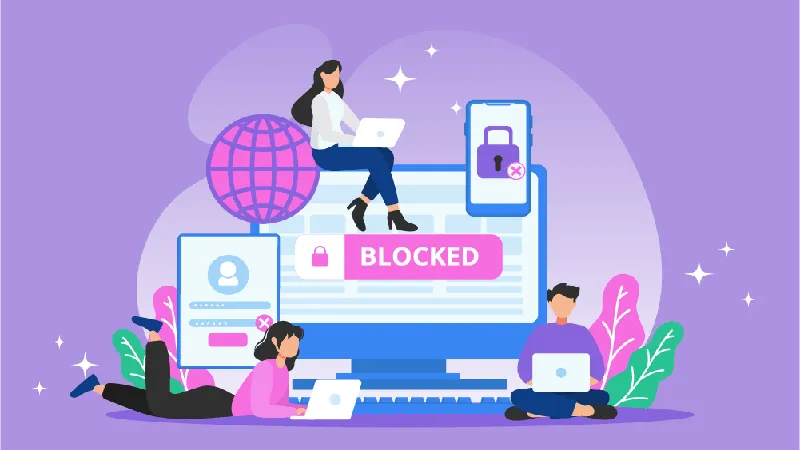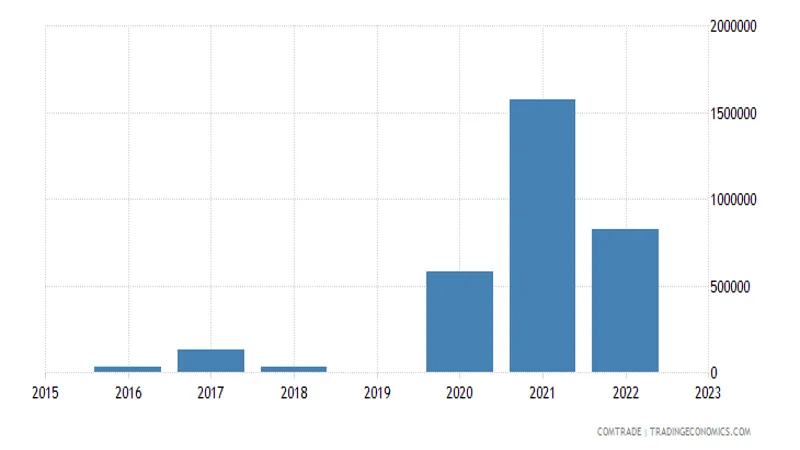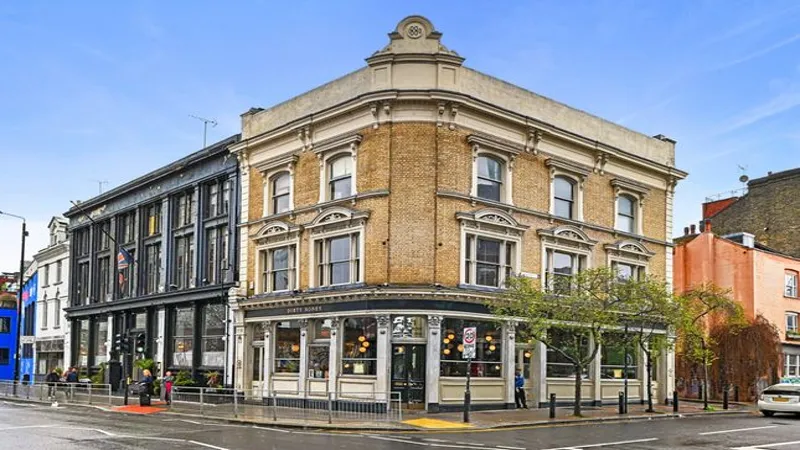In the digital age, navigating online spaces often comes with its own set of challenges, including access restrictions that can leave users feeling frustrated and confused. Encountering a message stating that a page is restricted can halt your progress and raise questions about permissions and rights. Understanding the reasons behind these limitations is essential for users seeking information. This guide will explore common access issues, clarify why they occur, and provide steps to resolve them, ensuring that you can effectively navigate and utilize the resources available to you.
| Category | Details |
|---|---|
| Access Status | Restricted – You do not have permission to view this content. |
| Action Required | Check your permissions or rights to access the page. |
| If Problem Persists | Contact the website administrator for assistance. |
Understanding Restricted Pages
Sometimes when you try to open a webpage, you might see a message that says the page is restricted. This means you don’t have permission to view that content. It can happen for many reasons, like needing a special account or being in the wrong area on the website. Understanding why these restrictions exist can help you navigate the internet better.
Restricted pages are put in place by website owners to protect sensitive information. For example, a school website might restrict access to student grades to keep them private. This is similar to how certain doors in a building are locked to keep certain areas safe. Always remember, if you encounter a restricted page, it’s usually for a good reason!
What to Do When Access is Denied
If you see a message that says access is denied, don’t worry! First, check if you are logged into the right account. Sometimes, simply signing in can solve the problem. If you’re still having trouble, try refreshing the page or checking your internet connection. These small steps can often help you get back on track.
If those steps don’t work, you may need to take action. Look for contact information on the website so you can reach out to the administrator. Let them know about the issue you’re facing. They may be able to help you gain access or explain why the restriction is in place.
Common Reasons for Access Restrictions
There are many reasons why some pages might be restricted. One common reason is that the content is meant for specific users, like members of a club or employees of a company. Another reason could be that the website is protecting sensitive information, like personal details or financial data, which shouldn’t be shared publicly.
Sometimes, websites will restrict content based on your location. For example, certain videos or games might only be available in specific countries. This is often due to licensing agreements. Understanding these reasons can help you know what to expect when browsing online.
How to Request Access
If you believe you should have access to a restricted page, you can request permission. Most websites will have a way for you to contact the administrator. Write a polite message explaining who you are and why you think you should be able to see the content. Be clear and respectful in your request!
Sometimes, the website may ask you to provide additional information or proof that you should have access. This could include showing your membership or affiliation with a certain group. Following their instructions carefully can increase your chances of getting the access you need.
The Role of Website Administrators
Website administrators are the people who manage websites and their content. They set up restrictions to keep users safe and protect sensitive information. Their job is crucial because they ensure that the website runs smoothly and that only the right users can access certain pages.
Administrators also help when users encounter problems, like being denied access. They are the ones who can grant permissions and resolve issues. So, if you find yourself facing a restriction, reaching out to them is your best bet!
Learning About Internet Safety
Understanding why some pages are restricted can help you learn about internet safety. Not all information should be available to everyone. By respecting these restrictions, you contribute to a safer online environment. It’s important to remember that some content is meant to be kept private or secure.
As you explore the internet, remember to be cautious about what you share and where you browse. Following safety tips and respecting boundaries will help you enjoy the internet while protecting yourself and others.
Frequently Asked Questions
Why can’t I access the page I want to view?
The page is restricted, which means you might not have the necessary permissions or rights to view it.
What should I do if I think this restriction is a mistake?
If you believe the restriction is an error, please contact the website administrator for help.
How can I contact the website administrator?
Look for a ‘Contact Us’ link on the website to find the administrator’s email or phone number.
What does it mean if a page is restricted?
A restricted page is one that requires special permissions, often to protect sensitive information.
Can I gain access to the restricted page?
Access can sometimes be granted if you request it from the website administrator and they approve your permissions.
What are some common reasons for page restrictions?
Common reasons include user roles, subscription levels, or content that is meant for specific audiences.
Will I be able to access the page in the future?
Access may change based on your permissions. Keep checking back or contact the administrator for updates.
Summary
The message you see means that the page you wanted to visit is locked or not available for you. It suggests that you should check if you have the right permissions to access this page. If you think you should be able to see it, you can reach out to the website administrator for help. Remember, sometimes pages are restricted for safety or privacy reasons, so it’s important to follow the rules online!



